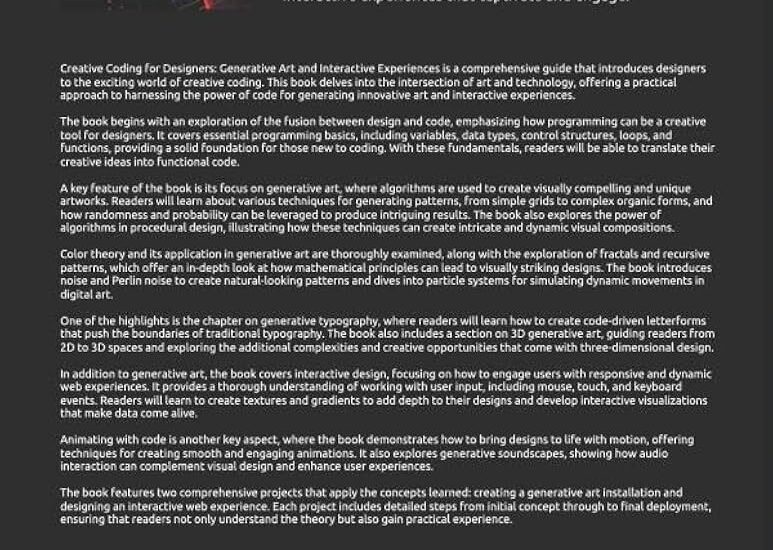Interactive Experience Techniques
In today’s digital landscape, creating engaging and interactive experiences has become essential for businesses aiming to captivate their audience. The power of interactivity not only enhances user engagement but also drives conversions and customer loyalty. This article will explore various interactive experience techniques, their significance, and how they can be effectively implemented in different industries.
According to recent studies, 70% of consumers prefer interactive content over static content. This compelling statistic underlines the necessity for businesses to adapt to changing consumer preferences and adopt innovative techniques to create memorable experiences. Throughout this article, we will delve into different categories of interactive experiences, providing practical examples and detailed explanations.
Understanding Interactive Experience Techniques
Interactive experiences refer to any digital interaction that engages users through active participation. This section will highlight the main components and types of interactive experiences.
Types of Interactive Content
- Quizzes and Polls: Engage users by soliciting their opinions and preferences through interactive questionnaires.
- Games: Incorporating elements of gamification into your content can significantly boost user interaction.
- Interactive Videos: These allow users to make choices that affect the outcome of the narrative.
- Virtual Reality (VR) Experiences: Immersive environments that transport users into a different world, making them more engaged.
Benefits of Interactive Experiences
Interactive experiences foster greater engagement and lead to increased user retention. Here are some of the key benefits:
- Enhanced User Engagement: Users are more likely to interact with content that encourages participation.
- Improved Retention: Interactive content tends to be more memorable, leading to higher recall rates.
- Higher Conversion Rates: By engaging users, businesses can prompt action, driving sales and generating valuable leads.
Techniques for Creating Interactive Experiences
Now that we understand what interactive experiences are and their benefits, let’s explore various techniques to create them successfully.
Incorporating Gamification
Gamification involves integrating game-like elements into non-game environments to encourage user interaction. This can include scoring systems, competition, and rewards.
Example: Consider an e-commerce application that utilizes gamification to incentivize purchases. By offering points for each purchase, users can redeem these for discounts or exclusive products, thereby increasing their engagement.
Creating Interactive Infographics
Infographics are a great way to present information visually. By making them interactive, you can enhance user engagement even further.
Example: An interactive infographic that allows users to hover over various sections to reveal additional information can make complex data more digestible and engaging.
Using Augmented Reality (AR)
AR can bring products to life, allowing users to virtually experience goods before making a purchase.
Example: Furniture retailers allowing customers to visualize how a piece of furniture would look in their home using AR can dramatically improve the shopping experience.
Case Studies of Successful Interactive Experiences
To truly grasp the effectiveness of interactive experience techniques, let’s look at some organizations that have successfully implemented these strategies.
Case Study: Coca-Cola
Coca-Cola launched an interactive vending machine campaign that enabled customers to send virtual Coke cans to friends via social media. This campaign not only increased brand engagement but also promoted sharing on social platforms.
Case Study: Marriott Hotel
Marriott utilized VR technology to provide users with virtual tours of their hotels, enabling potential guests to experience the ambiance and amenities before booking their stay. This innovative approach led to higher booking rates.
Factors to Consider When Implementing Interactive Experiences
While creating interactive experiences, several factors need to be carefully considered to ensure effectiveness.
User Experience (UX) Design
A seamless and intuitive UX design is fundamental for any interactive experience. It defines how users will engage and navigate through the content.
Accessibility
It is essential to ensure that interactive content is accessible to all users, including those with disabilities.
Future Trends in Interactive Experiences
As technology continues to evolve, so do the possibilities for creating interactive experiences.
Integration of AI and Machine Learning
AI can analyze user data to personalize experiences, adapting content to match user preferences.
Advancements in AR and VR Technology
As AR and VR technology become more accessible, their integration into everyday applications will become increasingly common, providing richer user interactions.
Conclusion
In conclusion, interactive experience techniques have proven to be essential in engaging users and enhancing their overall experience. The ability to incorporate gamification, AR, and interactive content can significantly boost user interaction and drive conversions. Businesses must leverage these techniques to remain competitive in a crowded marketplace and meet the evolving expectations of their audience.
As we move forward, embracing innovation while remaining user-centered will be critical in creating compelling interactive experiences. Explore more about enhancing user experience through interactive content in our related article and discover new trends in interactive techniques in another article here.

